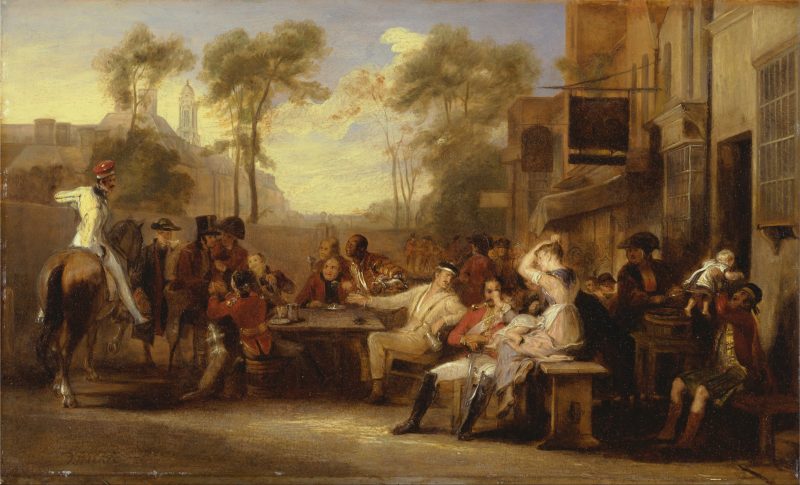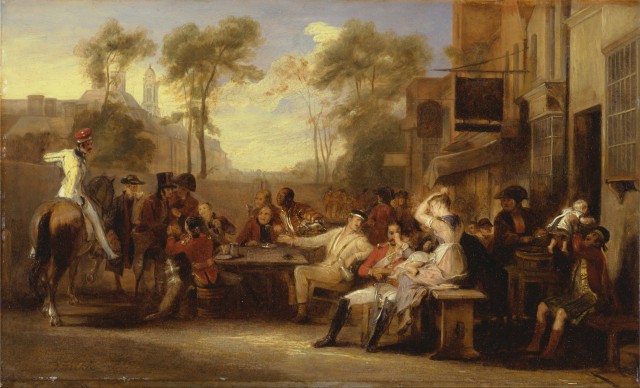A new exhibition at London’s British Museum will display a private collection of original watercolour paintings depicting the landscape and aftermath of the Battle of Waterloo.
The watercolours are thought to have been painted by an Irish painter who had been travelling through Belgium at the time of the famous battle. Many civilians travelled to Belgium in the aftermath of the conflict, to see the battle scenes.
Some of the paintings show naked bodies of soldiers littering the ground, recording the state of the battlefields days after the conflict in the summer of 1815.
The paintings have been kept in a private family collection for the last 200 years and are thought to be the earliest available images of the scene at Waterloo.
The exhibition has been named ‘Bonaparte and the British: Prints and Propaganda in the Age of Napoleon’ and will feature a wide variety of artwork depicting the French emperor.
The watercolours are based on white with large swathes of brown landscape and are signed T. Stoney. British Museum experts believe this was Thomas Stoney, who was one of the first civilians to travel to various battle sites, including Waterloo, La Haye Sainte and Quatre Bras.
The paintings even include Hougoumont, the farm made famous when Allied troops managed to shut the gates of the farm and prevent French troops from advancing any further.
The victory of the Allies at the Battle of Waterloo ensured that Napoleon could no longer lead France, and he was eventually exiled to St Helena in the South Atlantic, the Mail Online reports.
Thousands died in the Battle of Waterloo, with huge losses for the French. An Allied coalition of British, Dutch and German troops fought off the French advance for around 10 hours straight. When the Prussian Army arrived to support the Allies, they were able to counterattack and force the French to surrender.
The famous battlefield is around 15km south of Brussels, and is named after the town of Waterloo which is around 2km from where the battle took place. Today the field features a large mound called the Lion’s Mound, created as a monument for the battle and made from the earth of the battlefield.
The exhibition is on at the British Museum in London until August.

